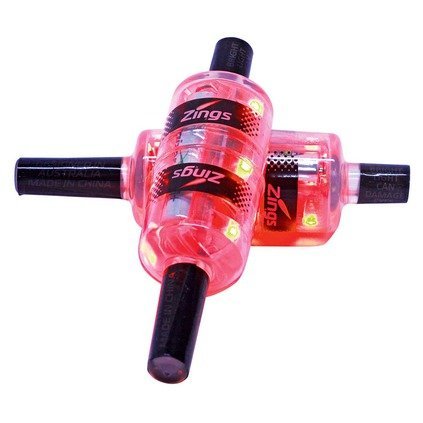Table of Contents
In cricket, bails are one of the components that make up the stumps at both ends of the pitch. Bails in cricket are small, cylindrical, and lightweight pieces of wood that rest on top of the stumps.
Here are some key points about bails in cricket

Purpose: Cricket Bails are a critical part of the wicket, which is the set of three stumps and two bails. They are placed on top of the stumps to form the structure that the bowler aims to dislodge when attempting to dismiss a batsman.
Stump Configuration: At each end of the pitch, there are three vertical wooden stumps driven into the ground. Two bails are placed horizontally across the top of these stumps, effectively balancing on them. This configuration defines the batting crease and the bowler’s crease.
Dislodging the Bails: In cricket, a batsman can be dismissed in various ways, and one of the most common methods is having their stumps (including the bails) disturbed. When the bowler’s delivery hits the stumps and dislodges at least one bail, the batsman is considered “bowled” or “stumped,” depending on the circumstances.
Lightweight: Bails are designed to be very lightweight. They are constructed from wood and are meant to be easily dislodged when the stumps are disturbed. This is why even a slight touch from the ball can knock the bails off the stumps.
Secure Placement: Despite their lightweight nature, bails must be placed securely on top of the stumps before play begins. Umpires and fielding team members often ensure that the bails are correctly positioned to ensure fair play.
Night Cricket: In day-night matches or matches played under artificial lighting, special illuminated bails are sometimes used. These bails contain LED lights that illuminate when the bails are dislodged, making it easier for players and spectators to see whether the stumps have been broken.
Symbolism: The dislodging of the bails is a significant moment in cricket. It represents the successful dismissal of a batsman, and it often results in a celebration by the fielding team.
Bails Not Dislodged: If the bails remain in place after the ball has hit the stumps, the batsman is considered not out, and the game continues. This situation can be quite dramatic, with the ball narrowly missing the stumps and the bails remaining intact.
In summary, bails in cricket are small wooden pieces that sit atop the stumps and are essential for defining the wicket. Their purpose is to be easily dislodged when the stumps are struck, leading to the dismissal of a batsman. Bails are a symbolic and critical part of the game, representing the moment of a wicket falling.
